Universal early ripening tomato "Volgogradsky": what is good and why it is worth growing it on your plot
If you want to grow a truly early-ripening tomato in your garden, you should take a closer look at the Volgograd variety. The description and reviews characterize it as a “variety for the lazy” and, moreover, suitable for novice gardeners.
Tomatoes are universal in use and can be stored for a long time, and their excellent presentation allows this crop to be grown for sale. In a word, Volgogradets is a worthy answer to any import manufacturer.
Description of the variety
The Volgograd tomato is one of the proven varieties that have been grown for many years. The variety is perfect for those who do not want or do not have the opportunity to devote a lot of time to their plot. It is unpretentious and does not require careful care. It is universal in use, which makes it possible to grow not only for your own use, but also for sale, and has excellent transportability, maintaining its presentation during the journey.
The Volgograd variety is considered early ripening and is capable of bearing fruit by the end of June. The ripening period is 105-110 days. It is classified as determinant, which means the bushes are low and do not need staking. It is characterized by high yield and excellent taste.
The variety has several subspecies. Each has its own characteristics, and it is from the right choice that you can expect qualitative and quantitative results.
Tomato Volgograd early ripening 323
This is a proven non-hybrid variety, developed 45 years ago.The height of the bushes does not exceed 45 cm, so they do not need a garter. Fleshy and sweet fruits ripen 100 days after planting in open ground. The photo shows their bright red color and neat round shape.
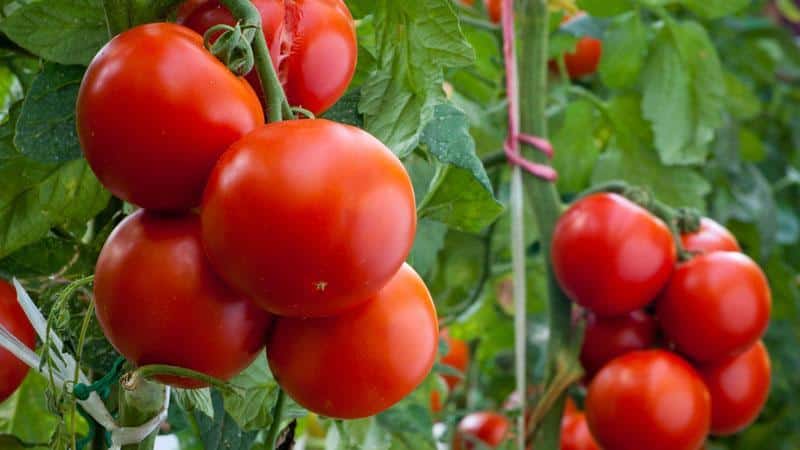
From 1 sq. m harvest up to 7 kg of vegetables. This is what makes the subspecies popular among amateur gardeners and professional farmers.
Various uses of ripe vegetables indicate its versatility:
- consumed raw;
- preparing salads;
- pickling;
- marinades;
- conservation;
- preparation of tomato products (paste, juices, ketchup, adjika, puree, etc.).
It has an average degree of resistance to various diseases.
Volgograd tomato 5 95
Judging by the reviews of farmers and lovers of summer cottages, the crop gives a high quantitative result. Refers to medium ripeness, ripening period - 120 days. Suitable for both greenhouses and open ground.
The bushes are indeterminate and compact. The leaves are light green. Ripe fruits are round in shape, orange-red in color. The taste is sweet and sour. Vegetable weight – from 80 to 120 g. Number of seed chambers – 5-6. In open ground, one bush produces up to 3 kg of tomatoes when planting 3 bushes per 1 square meter. m. In greenhouses the result is 25% higher. The collected fruits are not only stored for a long time, but also tolerate long-term transportation in boxes.
The Volgogradsky 5 95 tomato variety is more suitable for the southern regions. It is here that the highest level of fruiting is noted. In the middle zone, covering under film is recommended. In the northern regions, the hybrid survives only in heated greenhouses, but there is a deterioration in the taste of the fruit.
Like the previous subspecies, universal in use, used fresh and for processing.Taste qualities are not lost either in canned food, or in cooked form, or in fresh form.
It resists insect pests and fungal diseases well.
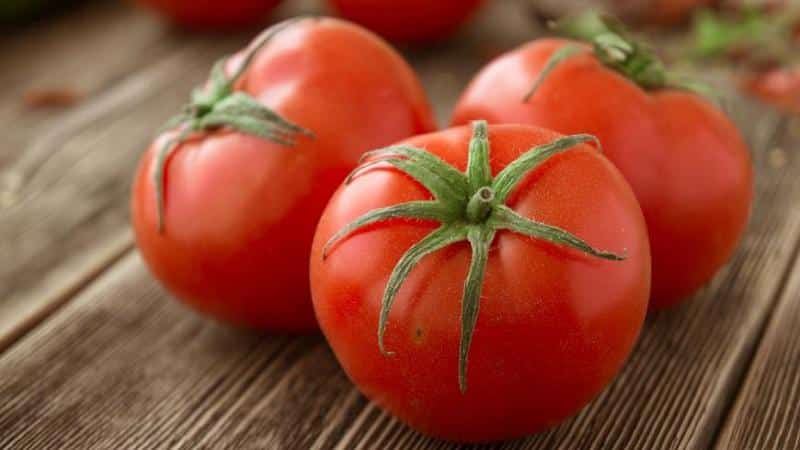
Tomato Volgograd Pink
High-yielding, low-growing and early-ripening variety. Ripening occurs on the 105th day after germination. The bushes are compact, no more than 55 cm. The leaves are small, dark green. The fruits weigh up to 100 g, their shape is round-flat, the taste is sweet and sour, but there is a predominance on the sweet side.
This species is similar to Volgograd 323 and differs from it only in color, which is reflected in the name. This distinctive feature is clearly visible in the photo.
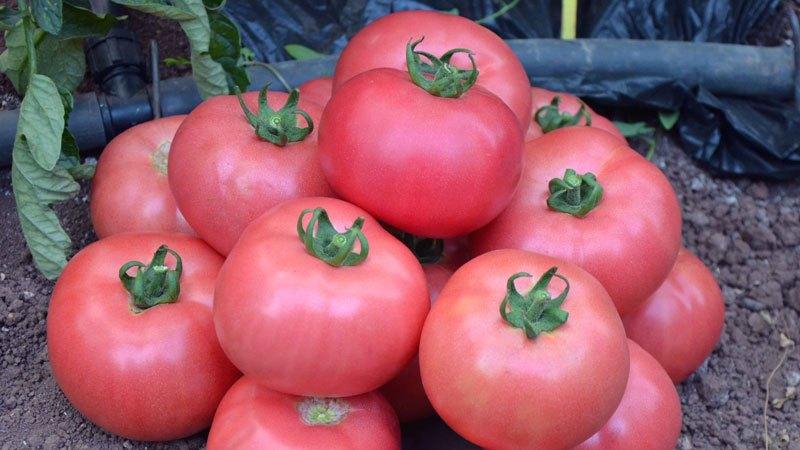
A universal tomato. Small tomatoes look good in salads and conservation. And rich pink tomato juice will undoubtedly remind you of the warm colors of summer on cold winter days.
The subspecies is resistant to fungal diseases, often affecting the nightshade family: fusarium, tobacco mosaic, brown spot.
Like their counterparts, the fruits have a long shelf life and good transportability.
How to grow seedlings
The exact timing of sowing seeds depends on the conditions in which the seedlings will remain. If breeding is planned in a greenhouse, then the seeds are sown in mid-February. If planting is planned in open ground, but under film, then you can start growing Volgograd tomatoes on the 20th of March. From sowing the seeds to planting the seedlings in the soil, at least 60 days pass. The seeds do not require special preparation before sowing; it is enough to treat them with growth stimulants.
To prepare the soil mixture, turf soil, sphagnum moss, sawdust and grain husks are used. It wouldn't hurt to add pine bark or peanut shells.Wooden boxes or individual peat pots are quite suitable as containers, as well as for any seedlings.
Seeds are placed in shallow holes at a distance of 3-4 cm from each other. After the first leaves appear, the seedlings are picked and planted in separate containers. Picking tomatoes has a positive effect on the root system: it strengthens, which gives the seedlings a good advantage when planted in the ground.
Seedlings do not need abundant watering, it is quite enough to keep the soil moist.
How to grow tomatoes
Before planting in open ground, seedlings are hardened off for 1-2 weeks. Hardening consists of keeping them outside from several hours to 1 day. And after the young plants become adapted to being outside around the clock, they are planted in open ground in prepared beds.
As for the Central strip, it is better to plant seedlings here in early May. In rare cases, they are planted on the 20th of April, but under film and in case of warm weather.
After 60 days of home conditions, the young bushes are ready to continue growth and development in the open ground. By this time, the appearance of the first leaves is noticeable. If the seedlings have bloomed, the plants will not be able to take root quickly and well.
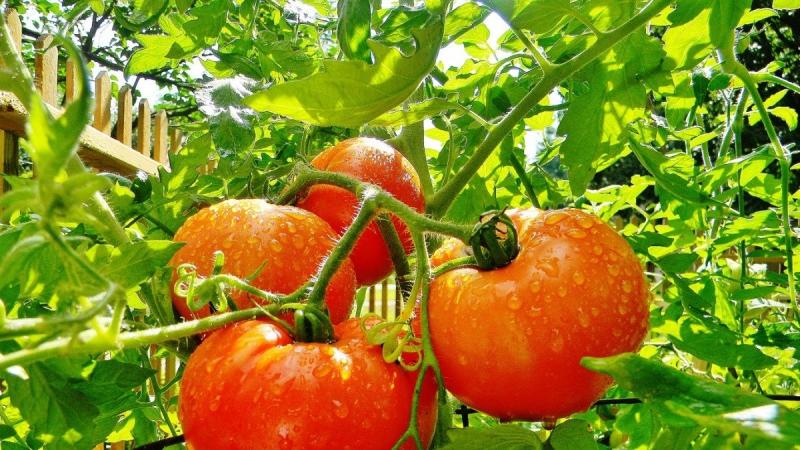
Seedlings that have reached 15 cm in height are planted in prepared beds with humus and minerals added to them. In good weather, it is enough to water once a week, since tomatoes do not like a lot of moisture.
In case of drought, the amount of watering is increased, but you should not exceed the permissible norm. Degree glaze check: if the soil remains moist at a depth of 10 cm, no watering is required.
Reference. Treatment with urea and boric acid leads to more ovaries. Feed with well-rotted compost and manure. Such feeding lead to a rich harvest: 7 kg of tomatoes per 1 sq. m.
The early ripening variety has a significant advantage: it no pinching required. The culture develops well without outside interference. Since the foliage of the bushes is average, the sun's rays fall evenly on both the plant and the fruit. But this does not mean that stepsoning is not used at all for this species. It is used both to reduce harvest volumes and to increase fruit weight.
In the first case, stepsoning is carried out along the entire height of the bush, and in the second - up to the first brush. Stepsons removed from the plant become an excellent fertilizer for tomatoes. The stepsons are filled with water and left for several weeks until fermentation. After this, filter and dilute with water at the rate of 1:10. This fertilizer replaces nitrogen fertilizer; bushes are watered with it before flowering.
After watering, do not forget about loosening the soil between the bushes and removing weeds.
Diseases and pests
In all respects, Volgograd tomatoes are distinguished by good resistance to attacks by diseases and harmful insects. But, like any culture, they need proper care and preventive measures. For these purposes, fungicidal agents are used, which are good in preventing fungal diseases.
As for insects -pests, such as whitefly or tomato mite, then it is enough to treat the plant in time (about 1 month before fruiting) with an insecticide solution.
Early tomatoes are affected by another scourge - blossom end rot.The disease is caused by a lack of calcium; it affects the top of still green fruits. Calcium nitrate is recognized as an effective remedy in the fight against blossom-end rot.
Another nuisance is gray rot. This is a fungal disease that develops in rainy and cool weather. It mainly affects greenhouse plants, becoming covered with dark grayish spots. The symptoms of this disease go away on their own as the air temperature rises.
No less dangerous is the spider mite, which lives mainly in greenhouses. Damaged plants turn yellow. It is not difficult to defeat this pest - just regularly ventilate the greenhouse. You can also treat the crop with Actofit.
In open ground, the vegetable is attacked by slugs. They are collected by hand, and the ground is sprinkled with coarse sand and lime, creating a kind of barrier. It’s a good idea to plant herbs that repel pests between the rows. In this case, calendula and marigolds will help.
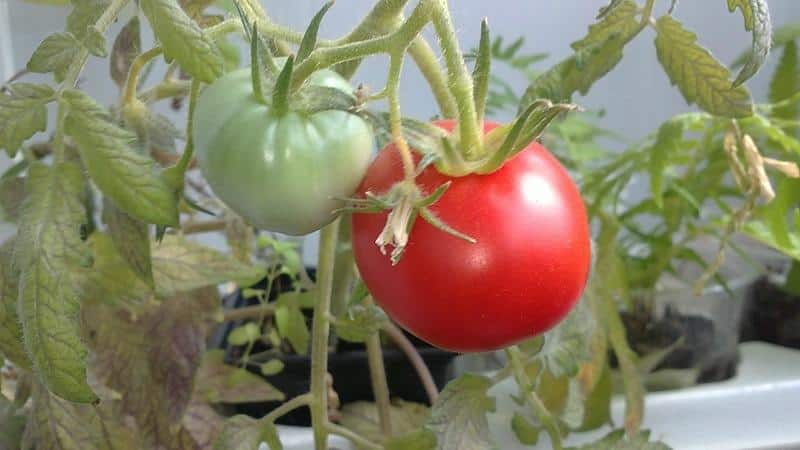
The nuances of growing in open ground and in a greenhouse
Following simple rules will allow you to achieve qualitative and quantitative results.
Secrets of planting an early variety of Volgograd tomatoes:
- sandy soil. Perhaps the most important rule that should not be forgotten when breeding this crop. In such soil, tomatoes grow well and delight with a rich harvest.
- Predecessors, thanks to which the soil structure is maximally enriched. These include cabbage, carrots, legumes, and eggplants.
- Fertilizer application. Before planting tomatoes, humus is added to the soil, after which the soil is dug up. In spring, the area is fertilized with ammonium nitrate.
- Planting is carried out when the seedlings are 60 days old.
The versatility of the culture also lies in the fact that it can also be grown without seedlings. In consistently warm weather, planting holes are formed. The beds are watered abundantly with warm water and seeds are planted in the holes, up to 5 pieces. in each. This is how seedlings form and grow in a short time.
A 2-week delay in fruiting can be considered the only drawback with this growing method.
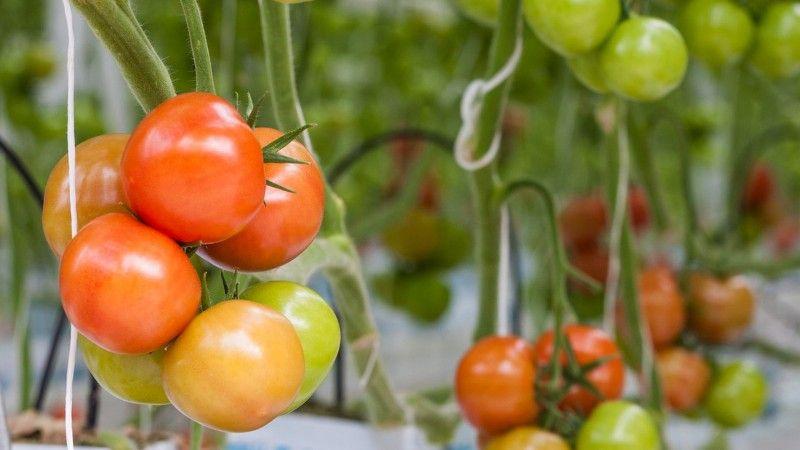
Harvesting and application
Harvest when the vegetables turn red. Ripening of early ripening tomato 323 occurs already in June-July. If you leave the stem on the tomato when removing it from the bush, the shelf life will increase.
To use vegetables for homemade preparations, gardeners collect them unripe. In this case, do not forget that the vitamin content in them is much lower than in ripe tomatoes.
During periods of drought, the fruits practically do not emit red pigment, which determines the rich color. This is worth remembering as the temperature rises.
Volgograd tomatoes are used in all forms that your imagination is rich in: from fresh consumption to winter preparations, and not only whole fruits, but also tomato products. A big plus is the fact that the taste of the vegetable is not lost in any form of preparation, making the variety superior to most imported ones.
Advantages and disadvantages of the variety
Much of the above relates to the virtues of culture. We will reveal not only the positive properties, but also some of the nuances that arise when breeding this species.
Advantages:
- propagation from seeds and seedlings;
- precocity;
- high productivity both in protected and open ground;
- does not require gartering or pinching;
- disease resistance;
- versatility in the use of fruits;
- preservation of taste during cooking;
- long storage and transportability.
Negative characteristics include:
- short fruiting period;
- small fruit sizes;
- dependence of growth and development on the region;
- deterioration of taste in the absence of heat.
Farmer reviews
Friendly reviews of Volgograd tomatoes 5 95 leave no doubt that the crop is worthy of any summer cottage. As for variety 323, all lovers of quick harvest should pay attention to it. And pink tomatoes will delight gourmets not only with their taste, but also with their color.
In general, there are so many convincingly favorable reviews that you don’t have to think about choosing a variety for long. Even those who grew this species for the first time are delighted. Particularly noteworthy are the minimal effort required and ease of maintenance.
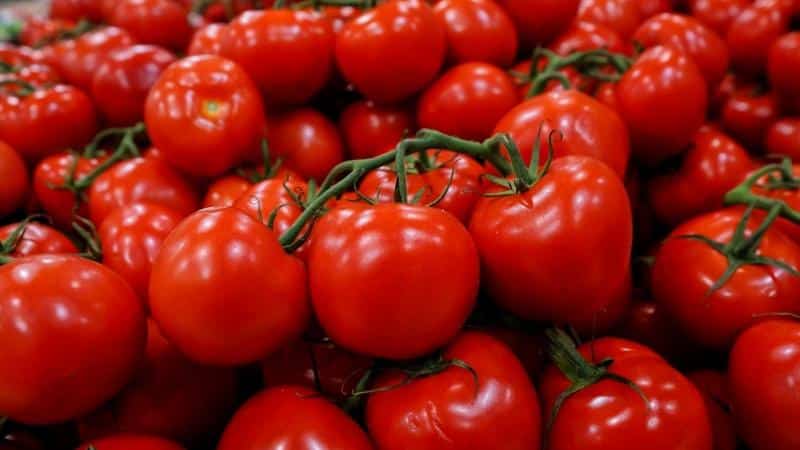
Vladimir, Ufa: “I live in an apartment, but I have my own summer cottage. I can’t live without fresh vegetables. I buy seedlings. I recognize the Volgograd ones by their appearance. They have thick and hairy stems and leaves. Everyone always gets along. And the taste of the fruit is unsurpassed. It's a classic."
Elena, Murmansk: “I love plants, so herbs, spices and whatever thrives in such conditions always grow on the balcony. When I found out about Volgograd tomatoes and tasted them, I decided to buy a summer cottage. Now I spend the whole summer away from the city, caring for my favorite variety. I collect a lot, so I preserve them for the winter; they lend themselves well to heat treatment.”
Conclusion
Volgograd tomatoes, based on the description, characteristics and reviews, are not a new crop, but they have not lost their relevance and attractiveness.With its unpretentiousness and high yield, not to mention the excellent taste of the fruit, it has long won the hearts of gardeners.
The description of all the advantages sounds quite convincing for Volgogradets to appear in those garden beds that have not yet had the opportunity to get to know it.